12 Best Sciatica Nerve Stretches
Sciatica is a condition that causes pain, numbness, tingling, and weakness in the legs and buttocks. Sciatica can be caused by a variety of things, including a herniated disc, spinal stenosis, or piriformis syndrome.
There are many different stretches that can help to relieve sciatica pain.
What is the Sciatic Nerve?
You could feel so helpless and uncomfortable from sciatic nerve pain that you don’t want to get off the sofa. Given that the lifetime incidence of this ailment is between 10% and 40%, it’s likely that you know many people who have it.
Starting in your lower back, the sciatic nerve travels through your hips, buttocks, and down each leg. In the afflicted limb, sciatic pain often travels along the sciatic nerve’s route. It occurs if a neuron along this route is compressed or irritated.
Common causes of sciatica can include:
- an injury caused by a ruptured disc that narrows the spinal canal (known as spinal stenosis)
- Piriformis syndrome is a different condition that can cause sciatic pain. The piriformis muscle runs from the back of your thigh to the top of your buttocks at the border of your spine. The sciatic nerve, which is close by, can occasionally become pinched when this muscle spasms. Sciatic apprehension might arise from this.
- Numerous factors might lead to sciatica pain. Finding the non-moving object is the first step in resolving the issue. The hips and lower back are frequently the body areas that cause the greatest trouble.
- Any stretch that may externally rotate the hip in order to offer some relief is the best technique to address the majority of sciatica pain.
- Sciatica is not the cause of an issue; rather, it is a symptom of one. It has several possible causes as a result.
- What is causing the pain will determine the course of treatment for sciatica.
Among the frequent reasons for sciatica are:
Pregnancy and other back injuries put excessive pressure on the sciatic nerve degenerative disc disease, which is a progressive condition that wears away the cushions in the spinal column herniated disc, which happens when one of the rubbery cushions between the spinal bones slips out of place, lumbar spinal stenosis, a narrowing of the spinal cord that puts pressure on the lumbar spine
Stretches for Sciatica Nerve
People with sciatica-related pain may find some relief with certain stretches.
Anecdotally, the majority of sciatica sufferers report that stretching makes them feel better. To prevent additional harm, anyone experiencing this symptom should consult a physician before beginning any stretching activities.
People may be advised by a physician or physical therapist to execute many variations of these stretches every day:
Here are some general guidelines for doing sciatica nerve stretches:
- Warm up before you stretch. This will help to prevent injury. You can do some light cardio or yoga poses to warm up your muscles.
- Stretch gently and slowly. Don’t bounce or force yourself into the stretch. You should feel a mild pull in the stretched muscle, but it should not be painful.
- Listen to your body. If you feel any pain, stop the stretch and rest.
Here are a few specific sciatica nerve stretches that you can try:
Knees to chest

This exercise relieves pinched tissue around the sciatic nerve and aids in the promotion of spinal flexion. This exercise can be performed with both knees or simply one at a time.
- With your knees bent and your feet flat on the ground, lie flat on your back.
- Raise both knees at once or one knee at a time, then slowly hug them towards your chest.
- If needed, repeat on the other side after releasing the stretch and holding it for around five seconds.
- You can perform the stretch three times.
Cobra or modified cobra
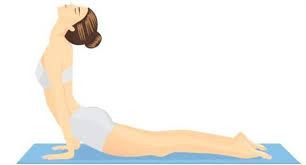
spinal extension is worked on in the cobra position. A herniated disc can be relieved of pressure by extending the spine.
- Stretch your legs straight back together while lying on your stomach. Put your palms on the ground near to your chest and bend your elbows.
- Completely extend your elbows and raise your chest off the ground to do a complete cobra. At the highest point, hold for ten seconds before lowering yourself back to the beginning.
- To execute a modified cobra, raise the chest to approximately 45 degrees off the floor by pushing through the palms and slightly straightening the elbows.
- Complete this workout ten times.
Seated hip stretch

- One way to stretch the piriformis is to sit and stretch your hips. The sciatic nerve may be compressed by the piriformis muscle when it gets inflamed. The piriformis is a major pathway for the sciatic nerve, which powers the legs by passing through it on its way from the spine.
- With your feet flat on the ground and your knees bent 90 degrees, take a seat in a chair.
- Lift the afflicted leg and place the ankle over the knee of the other person.
- Breathe deeply, lean forward gently over the crossed leg, and hold for 30 seconds before releasing.
Standing hamstring stretch
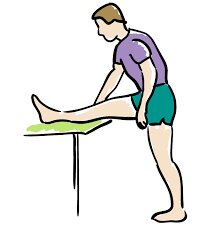
The ischial tuberosity, the bone that makes touch with a surface while an individual is seated, is where the hamstring attaches. It can cause lower back discomfort and stiffness and is often referred to as the “sit bone.” Less strain on the sciatic nerve and lower back are the outcome of increased hamstring flexibility.
- Start by putting your feet together and standing tall.
- Raise the afflicted leg straight out in front of you, and place the heel on a ledge or table somewhat lower than your hip height.
- Bend forward at the waist while keeping your spine straight and your knee softly bent till your rear leg is stretched.
- 30 seconds are required before releasing the stretch.
- Stretch the opposite side when you’ve gone back to the beginning position.
Seated spinal twist

By creating motion, the sitting spinal twist relieves strain on the sciatic nerve and joints.
- With your legs out in front of you, take a straight seat on the floor.
- One leg should be bent at the knee, and the foot should be on the floor outside the knee of the other leg. Bend the horizontal leg so that it remains in contact with the floor if that makes it more comfortable.
- For a deeper stretch, twist in the direction of the bent knee and place the other elbow on the outside of it.
- Hold the stretch for 30 to 60 seconds for optimal effects.
- Get back to where you were before.
- On the other side, repeat.
Sitting spinal stretch
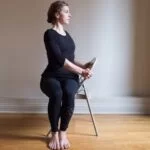
Turn to your side during the seated spinal stretch to assist release of strain on the sciatic nerve.
Compression of the spine’s vertebrae causes sciatica pain. By making room in the spine, this stretch aids in relieving strain on the sciatic nerve.
- With your feet stretched upward and your legs extended straight out, take a seat on the ground.
- With your foot flat on the floor outside of your opposing knee, bend your right knee.
- To assist you in turning your body gently to the right, place your left elbow on the outside of your right knee.
- Hold for thirty seconds, then swap sides and repeat three times.
Basic seated stretch
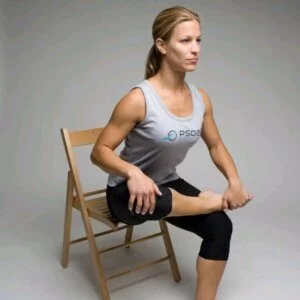
Keep your back straight while you perform the basic sitting stretch, extending each leg.
To start this stretch, take a seat on a chair and place your sore leg over the other leg’s knee. Then take these actions:
- While bending forward with your chest, make an effort to keep your back straight. Try bending over a little bit more, so long as it doesn’t hurt. If you experience pain, stop.
- After 30 seconds, hold this posture and repeat the exercise with the other leg., which can aid in piriformis muscle stretching.
- You may open up your hips by performing the figure-4 stretch. Although there are other variations of this stretch, you can use the instructions below to relieve sciatic nerve pain:
- Bend both of your knees when you lie flat and straight on your back.
- As you raise your legs towards the body, cross your right foot over your left thigh.
- Repetition on the opposite side follows a brief period of holding the stance.
- It’s essential to avoid overdoing this stretch. Instead, to get a deeper stretch, let gravity gently pull your legs in closer to your body.
Knee to the opposite shoulder
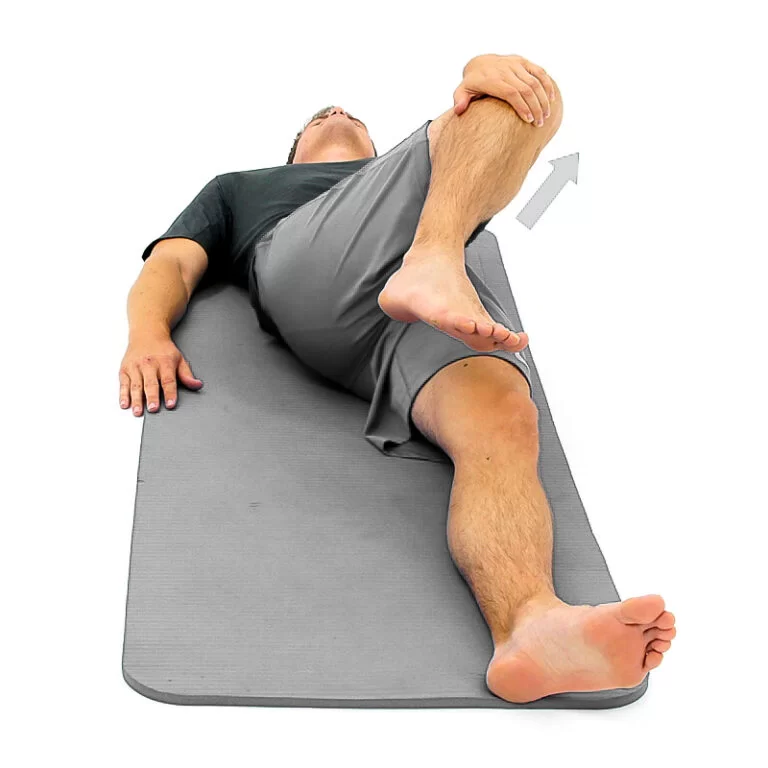
Lying flat on your back, perform the stretch from your knee to the opposite shoulder.
Your gluteal and piriformis muscles can get inflamed and push against the sciatic nerve; this easy stretch helps release that pressure.
- With your feet flexed upward and your legs stretched, lie on your back.
- Put your hands around your right knee and bend it.
- Pull your right leg gently in the direction of your left shoulder across your body. Keep it there for half a minute. Always remember to just pull your knee as far as it is comfortable for you. Your muscles should stretch to relieve you, not cause you agony.
- To make your leg go back to where it was, push your knee.
- After completing three repetitions, swap legs.
Flex your hamstrings while standing (one leg at a time)
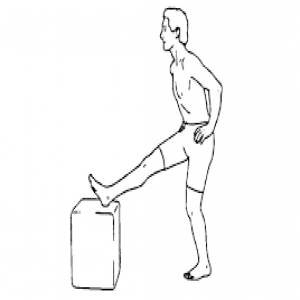
- Step 1 of the standing hamstring stretch is to stand with your right foot elevated on a chair or other elevated surface.
- This stretch can help relieve sciatica-related hamstring stiffness and discomfort.
- On an elevated surface, plant your right foot at or below hip level. This might be a step on a stairway, an ottoman, or a chair. To ensure that your leg and toes are straight, flex your foot. If your knee is inclined to hyperextend, maintain it slightly bent.
- Your body should be somewhat bent forward towards your foot. The stretch becomes deeper the farther you travel. Refrain from pushing past the uncomfortable limit.
- Instead of elevating your lifted leg, release its hip downward. To assist in lowering your hips, thread a long exercise band or yoga strap under your left foot and over your right thigh.
- Repeat on the opposite side after holding for a minimum of thirty seconds.
Standing piriformis stretch
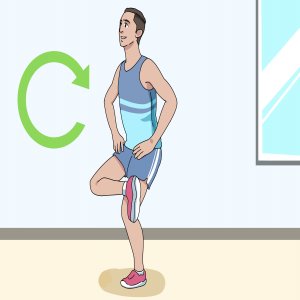
To improve your balance when performing the standing piriformis stretch, you can place your hands on your hips.
Another stretch for sciatica pain is this one, which is done standing up. If you are able, you can accomplish this without assistance, although it might be challenging to balance. As an alternative, you may instead stand with your back to a wall and space your feet about 24 inches apart.
- While standing, place the leg that hurts over the knee of the opposite leg. With your hips dropped to the floor at a 45-degree angle, attempt to form the number 4 by bending your standing leg.
- Maintaining a straight back allows you to swing your arms and bend your waist. Spend thirty to sixty seconds in this position.
- Repeat with your other leg.
Scissor hamstring stretch
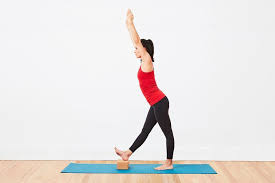
You may lessen the strain that the hamstring muscles put on the sciatic nerve by bending down in the scissor hamstring stretch.
The ischium, which is a component of the pelvic girdle along with the ilium and pubis, is where the ischial tuberosity, often referred to as the sit or sitz bones, starts.
The sacrotuberous ligament (STL) connects the hamstring muscles to the ischial tuberosity. Tight hamstring muscles might resemble sciatica symptoms.
By releasing the tension in your hamstring muscles, this stretch can help protect the sciatic nerve. Using this workout every day might be advantageous.
- After your left foot by around three feet, place your right foot.
- Your right hip shouldn’t protrude more forward than your left hip; instead, pull your hips forward and press your shoulders back. It may be useful to evaluate this using a mirror.
- Your hands should be on your hips. You can use a chair to assist you with balance if necessary.
- Bend your waist slightly while maintaining a straight back to push your torso over your front leg. Maintain your front leg’s weight.
- After holding this posture for five to ten seconds, repeat the stretch with the other leg. Stretch each leg 3 to 5 times.
Forward pigeon pose
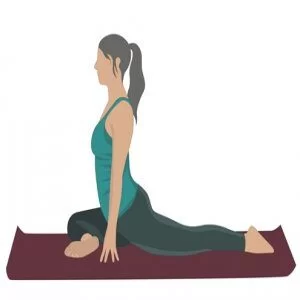
- Start with this version of the pigeon posture by lowering yourself to the floor on your knees and facing downward.
- On all fours, kneel on the ground.
- Raise your right leg and place it in front of your body on the ground. With your lower leg parallel to your body, it should be on the ground. While your right knee stays to the right, your right foot should be in front of your left knee.
- With the toes facing back and the top of the foot on the ground, extend your left leg fully behind you on the floor.
- To ensure that your legs are sustaining your weight, gently transfer your body weight from your arms to them. Pull up straight and place both of your hands on either side of your legs.
- Draw in a full breath. As you release the breath, bend your upper body forward over your front leg. Utilize your arms to help sustain your weight as much as possible.
- Continue on the opposite side.
The primary goals of targeted sciatica exercises are as follows
- Lessen excruciating sciatic nerve pain
- Increase range of motion and mobility in the legs
- Encourage the repair of soft tissues
- Boost the sciatic nerve’s performance
- Offer soft tissue and muscular conditioning
- Prevent or reduce the likelihood of experiencing pain again
- Therapeutic exercises need to be performed on a regular basis, according to the recommended form and program, in order to be successful. It might be difficult, but paying close attention to body mechanics and posture during workouts is essential to their effectiveness.
Treatment
Some people with sciatica symptoms try different at-home therapies in addition to stretching to relieve their pain and suffering.
Other natural cures consist of:
- Ice: For the first several days following the onset of discomfort, ice the affected area many times a day.
- Heat: After the first several days, apply heat to the affected region.
- Anti-inflammatories: Using nonsteroidal anti-inflammatory medications (OTC) to treat pain, such as ibuprofen.
- Seeking medical assistance is recommended for anybody with sciatica that produces significant pain or lasts longer than one month.
Prescription medications that can treat sciatica include:
The following prescription drugs can be used to treat sciatica:
- Opioid analgesics, despite the significant chance of dependency, corticosteroids, which can be injected or taken orally, muscle relaxants, and anticonvulsants
- Furthermore, physical therapy, massage, or spinal manipulation could be beneficial. Additionally, there may be circumstances where surgery is an essential option.
Prevention
Sometimes there is no way to avoid sciatica. Nonetheless, a person’s chance of developing sciatica again can be considerably decreased by making certain lifestyle changes.
Generally speaking, sciatica may be avoided by engaging in regular exercise and strengthening your core. Additionally, a person’s chance of having this symptom may be decreased by keeping proper posture when standing and sitting.
Overview
On either side of the spine, the lower back is the origin of the sciatic nerve. It passes through the hips and buttocks and then splits down each leg.
The outside leg and foot are sensed by this nerve, which is the longest in the body.
Sciatica is not a sickness or injury in and of itself. Rather, nerve discomfort that travels from the buttocks, down the back of the leg, and into the ankle or foot might be an indication of any number of issues.
Sciatica sufferers may characterize their pain as searing, acute, or shooting. The afflicted limb may become weak, and abrupt movements like coughing may make the sensation of pain worse.
FAQs
What is the quickest method for treating sciatica pain?
Home cures and lifestyle
cool packets. Several times a day, apply a cold pack to the uncomfortable area for up to 20 minutes at a time.
Warm packets. Over two or three days, apply heat to the affected areas.
extending. Medication. Low back stretches may help reduce some of the pain.
Can you get rid of sciatica by stretching?
Typically, the lower back is where the discomfort begins, then it spreads to your buttocks and down one leg. The majority of the time, stretching, exercises, and medication can be used to treat sciatica. Reducing muscular spasms and inflammation surrounding the sciatic nerve is the aim of treatment in order to promote appropriate healing.
How long can sciatica last?
Sciatica often gets better after 12 weeks, however, each person’s recovery time may differ greatly. Some patients experience recurrent episodes of symptoms, which may take up to a year to resolve. It’s vital to keep in mind that a variety of factors, including stress, mental health, and inadequate sleep, might affect symptoms.
What are 2 symptoms of sciatica?
There are other symptoms associated with sciatica, such as lower back discomfort.
Leg discomfort frequently has a worse sensation than back pain.
a shift in how the foot or leg feels.
back cramps in the muscles.
a weakening in the foot or leg.
What is the best sitting position for sciatica?
It is advised to sit upright with the shoulders folded back and the shoulder blades down to reduce strain on the sciatic nerve. Feet must be level on the ground and legs must be hip-distance apart.
References
- 9 Stretches for Sciatica Pain Relief. Healthline. https://www.healthline.com/health/back-pain/sciatic-stretches
- 8 sciatica stretches for pain relief. https://www.medicalnewstoday.com/articles/
- Sciatica Exercises for Sciatica Pain Relief. Spine-health. https://www.spine-health.com/wellness/exercise/sciatica-exercises-sciatica-pain-relief


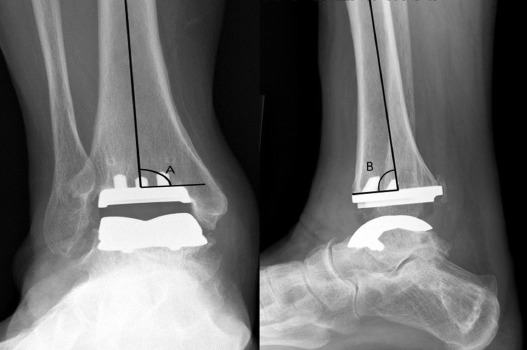
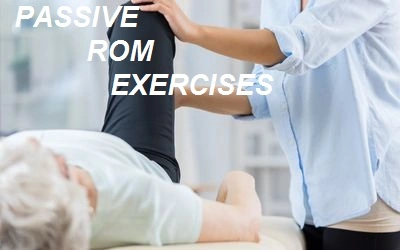
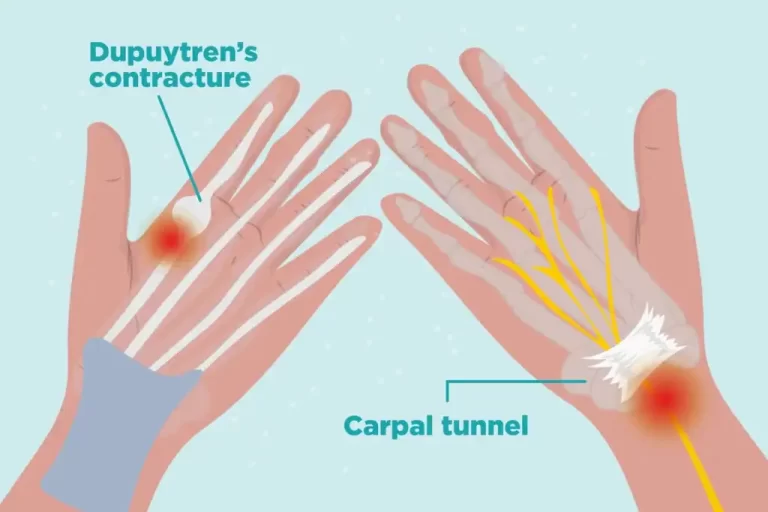

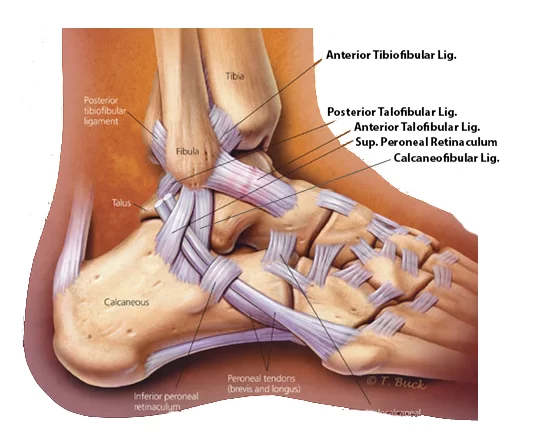
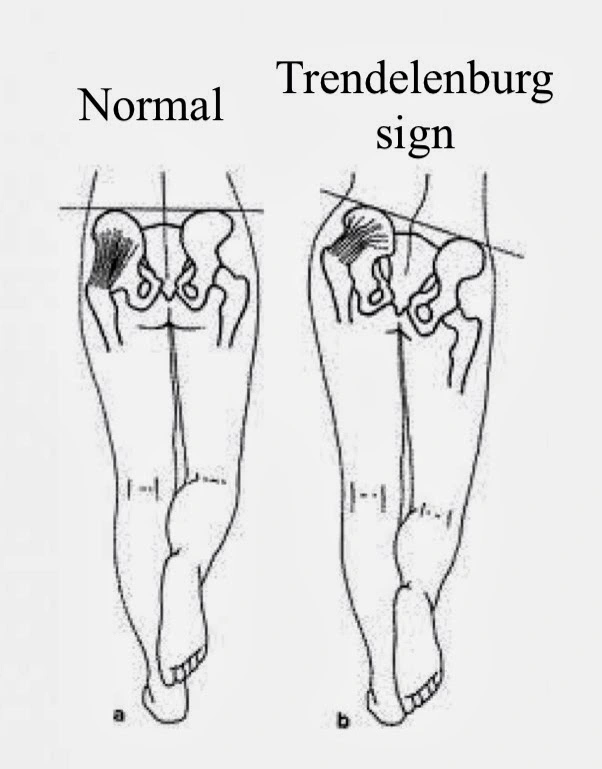
One Comment